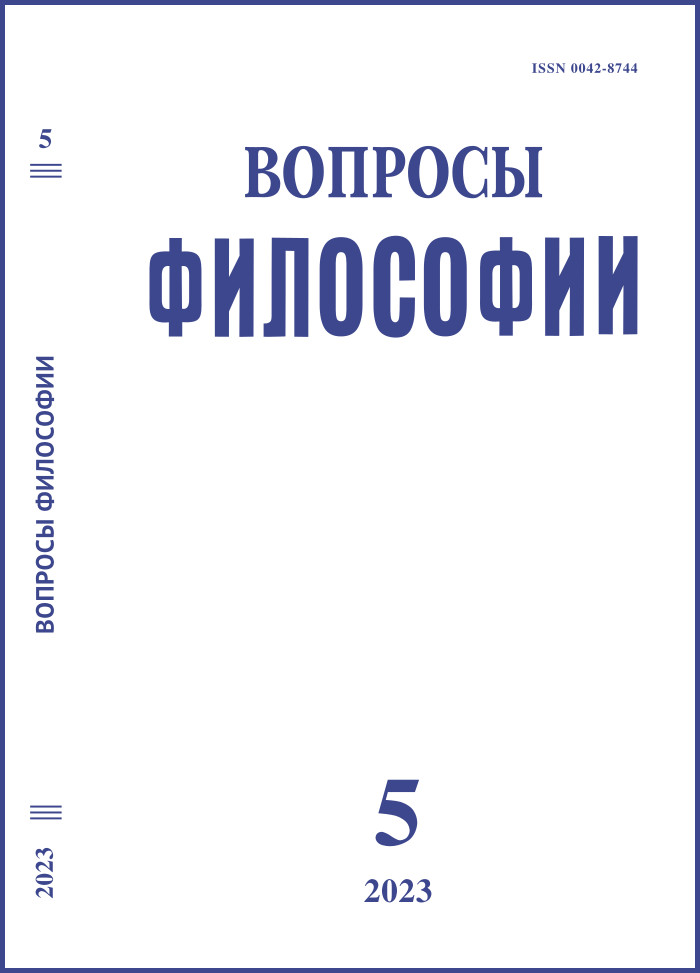The Way to the Aesthetics of Romanticism: Jean Paul
DOI:
https://doi.org/10.21146/0042-8744-2023-5-86-96Keywords:
Jean Paul, Romanticism, aesthetics, art, poetry, imitation, fantasy, genius, instinct of the subconsciousAbstract
In his Preschool of Aesthetics the German writer Jean Paul (Johann Friedrich Richter) in some sense has laid the foundation of the aesthetics of German Romanticism through an analysis of the main principles of poetry, which is understood as artistic word at large. Proceeding from Aristotle’s Poetics, he claims that poetry is a beautiful (as well as spiritual) imitation of nature, both external (the one we perceive by the senses) and internal (the one we become spiritually aware of). As a result, this “imitation” essentially becomes a transformation of reality. Therefore the imagination and fantasy, or “power of images”, play a significant role in the creation of a poetic work. Jean Paul distinguishes between the following stages of fantasy: simple perception, talanted creativity and the work of genius. Genius, as the highest level of fantasy, possesses two powers: the divine instinct of the subconsious and deliberation. It is precisely genius that is capable of creating Romantic poetry on the basis of the aforesaid powers. The German forerunner of Romanticism compares two poetic epochs: ancient Greek, with its characteristic plasticity, beauty (the ideal), peaceful clarity and moral grace, and the contemporary (Romantic), whose essence consists in its Christian character, sublimity, the beauty of the infinite, the miraculous and marvelous world of the spirits, which are manifested to the soul of the recipient subject by way of a specific organization of the poetic text.

